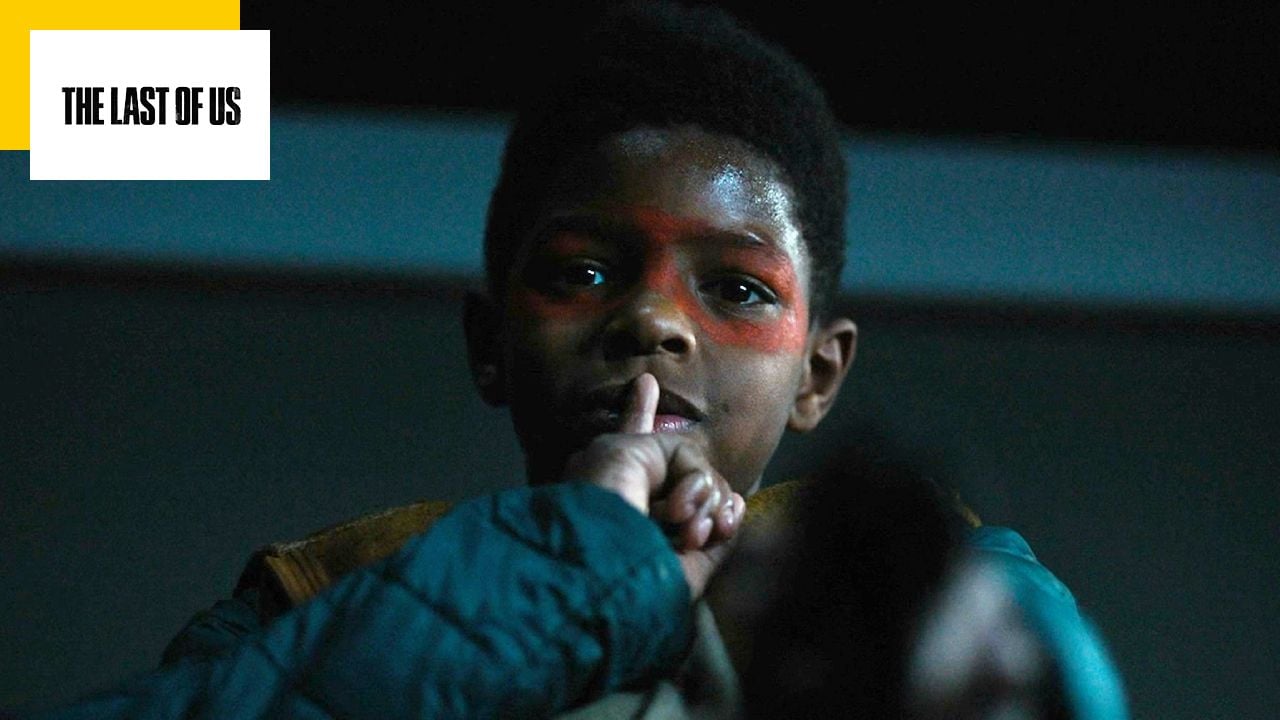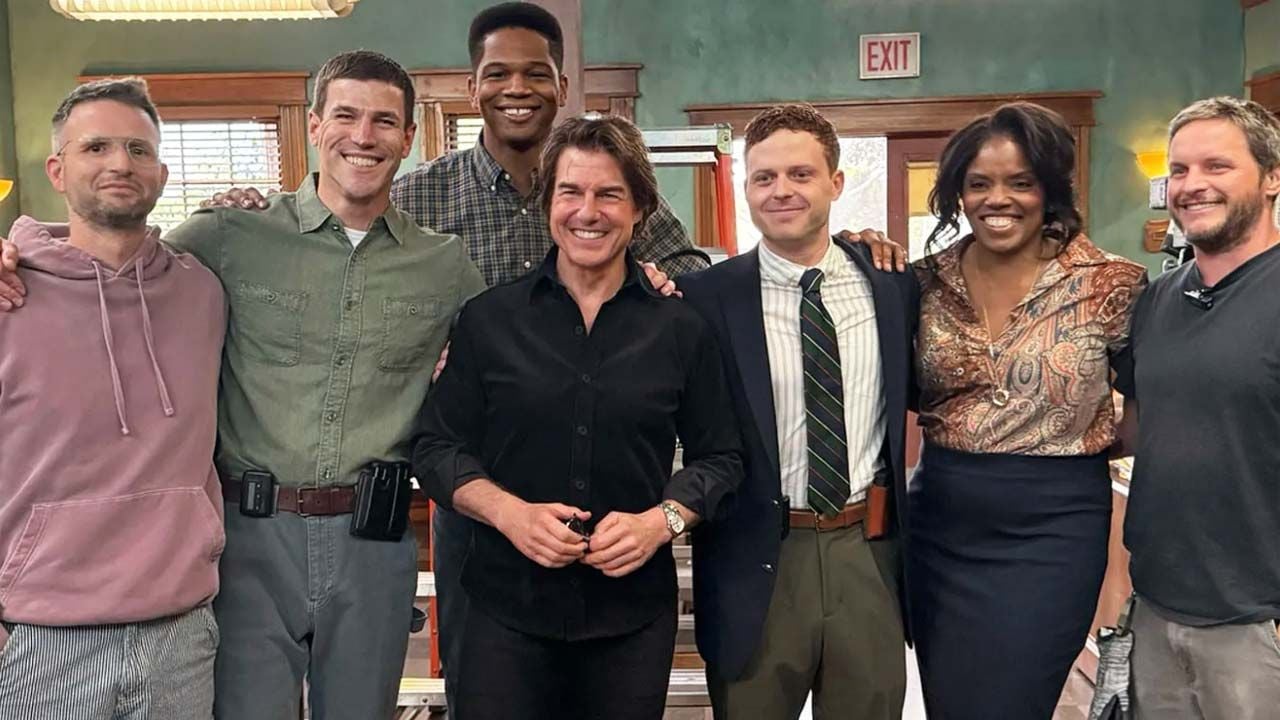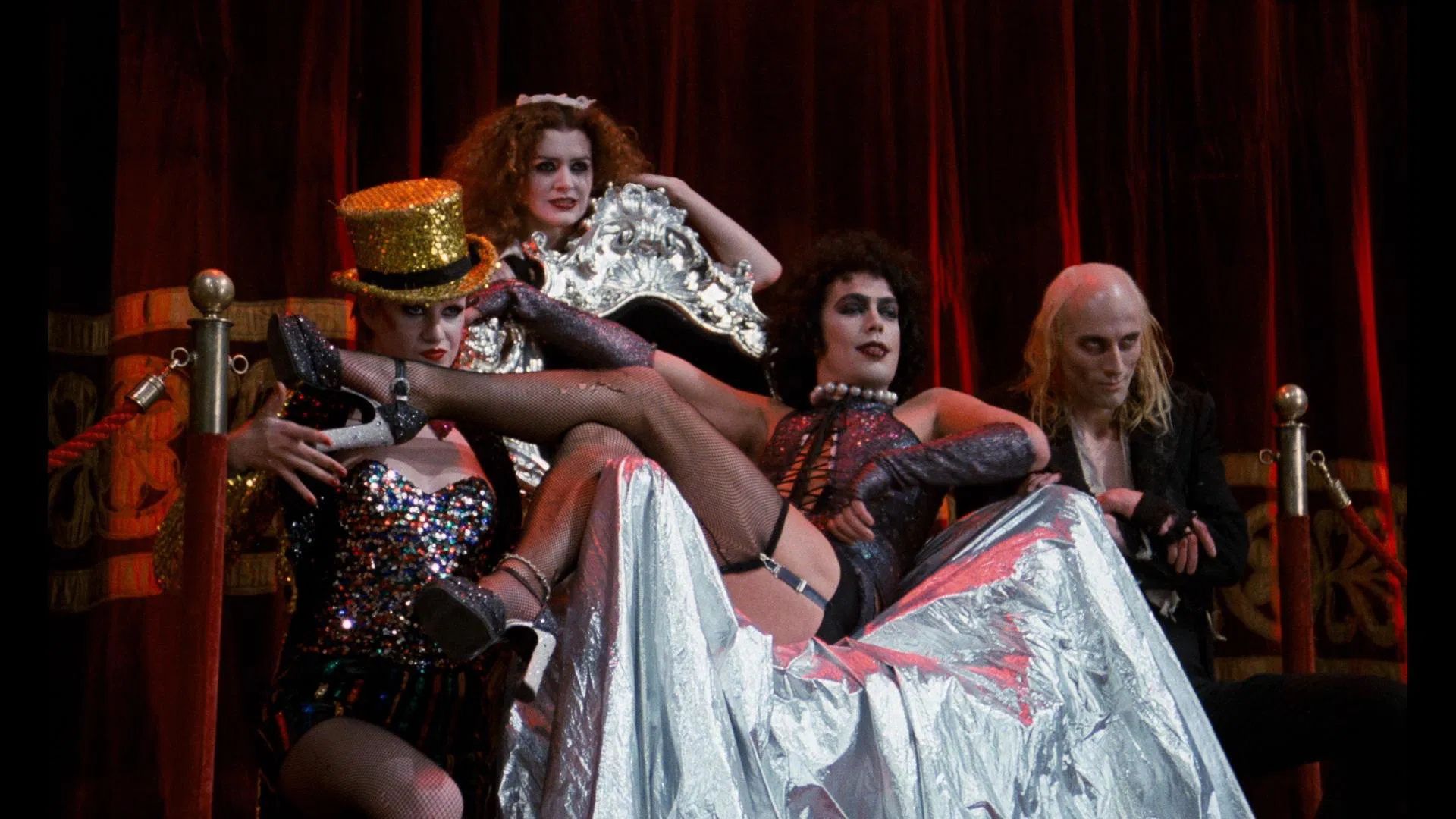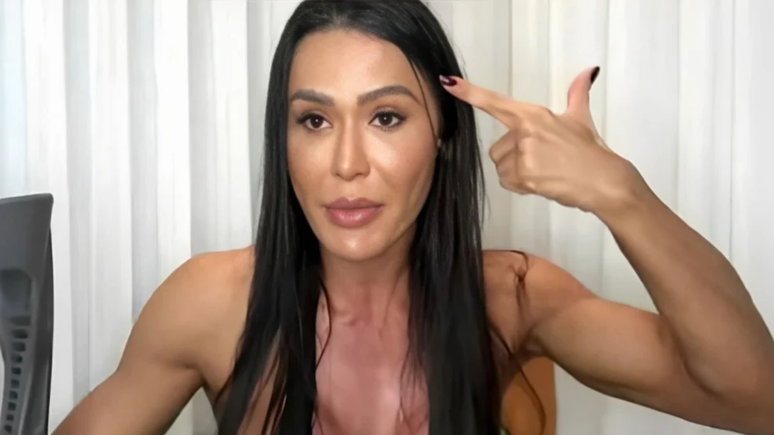Warning, spoilers. It is recommended that you watch The Last of Us Episode 5 before you continue reading this article.
The phenomenal series of the moment, The Last of Us is already considered one of the best live-action video game adaptations. Thanks to the respectful and creative work of showrunners Neil Druckman (creator of the video game franchise) and Craig Mazin (Chernobyl), fans can find the Joel and Ellie story they love so much and see it brought to the small screen.
Fans will love The Last of Us, even if they’ve seen a lot of changes in the video game artwork. Notable additions or changes include Sarah (Nico Parker), the last day of Joel’s (Pedro Pascal) daughter, and the death of Tess (Anna Torvi) at the end of episode 2.
But above all, the third episode, dedicated to the romance between Bill (Nick Offerman) and Frank (Murray Bartlett), which caused a lot of ink, among the displays of emotions of the vast majority of the public and a wave of homophobia on the threshold of viewers.
Silence is golden
The fifth episode, titled “Endure and Survive,” was also an opportunity for Neil Druckman and Craig Mezzin to make some changes to The Last of Us’ original story for two of the game’s characters: Henry (Lamar Johnson) and Sam. (Kevon Woodard), two brothers pursued by the Kansas City Huntsmen and their leader Kathleen (Melanie Lynskey).
The main difference between the video game and the series is based on the character of young Sam: he is deaf in the TV adaptation. And if this modification is a step forward in the representation of disability on screen – especially since the character is played by a young actor who is really deaf in life – it also allows to raise the story to a higher emotional level.
Like Bill and Frank, Henry and Sam’s relationship is a lever in the relationship built between Joel and Ellie. In The Official Podcast of The Last of UsCraig Mazin recalls that the narrative function of Henry and Sam is to mirror Joel and Ellie’s relationship. But for the TV adaptation, he was troubled by the repetitive nature of the tutor/child dynamic.
Therefore, the co-showrunner wanted to make a difference in Henry and Sam’s relationship. Inspired by the TV series This Close – written and directed by deaf actors Shoshana Stern and Josh Feldman, Craig Mazin wanted to break the communication gap between Joel and Ellie’s noisy (between jokes, yelling and insults) non-verbal, intimate and quiet communication, because Sam and Henry communicates with sign language.
This way of communicating creates many moments of silence in the episode, which helps to bring the pace and emotion to the story. The fifth chapter of The Last of Us opens with a loud protest by civilians and Catelyn’s militia against FEDRA, the Federal Disaster Management Agency.

Conversely, we find Henry and Sam forced into hiding, signing and using silence to escape. It’s in this kind of slow sequence that there’s more than enough public attention and allows for more depth to be brought to these two secondary characters, who are more developed here.
Inevitably, viewers bond more quickly with Henry and Sam than with Bill and Frank. This creates an important sense of empathy and compassion for the characters, and it’s what makes their losses at the end of the episode all the more poignant. Their forced silence is a condition that rules their lives, but which has allowed them to survive time and time again, while also creating unprecedented moments of tension.
And it works not only between Henry and Sam, but also between Sam and Ellie, who form a genuine childhood friendship despite Sam’s disability. Thanks to Sam’s notebook, they can communicate, understand each other and play together. Sam’s deafness emphasizes Ellie’s kindness and gentleness, and paradoxically makes their moments of sharing and happiness even more deaf in the chaos of the pandemic environment.
Until he comes to the end to destroy everything. After the ordeal of the underground tunnels and battling Catelyn and her minions and a horde of infected in a suburban alleyway (which also plays between loud action and moments of quiet suspense), we think Joel, Ellie, Henry and Sam are off. That was without counting Sam’s bite, who knows he’s been convicted but decides to let Ellie know, writing it down in her notebook.
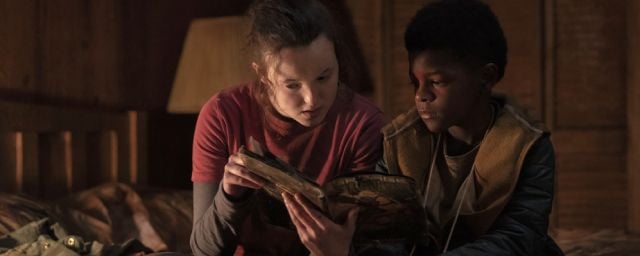
Hoping for her immunity, Eli hopes to save her by donating some of her blood. But in the early morning, it’s a transformed Sam who comes to break the silence of the bittersweet awakening by attacking Ellie. Henry has no choice but to shoot his little brother to prevent another disaster.
And it is in the heavy silence that Henry ends his life with a bullet in the head, because he knows that he could not bear the death of his brother on his conscience. Only Ellie’s tears accompany this tragic death that occurred during a budding friendship. The silence helped build so much tension that the action seemed even louder and more bubbly when it arrived.
In this way, Sam’s deafness is an important new narrative element, both for character representation and emotional depth, and what the series is trying to convey to the audience. And Episode 5 of the TV adaptation will be another important chapter in the relationship between Joel and Ellie, the emotional and essential engine of the universe of The Last of Us.
The Last of Us series is available on Prime Video.
Source: Allocine
Rose James is a Gossipify movie and series reviewer known for her in-depth analysis and unique perspective on the latest releases. With a background in film studies, she provides engaging and informative reviews, and keeps readers up to date with industry trends and emerging talents.

